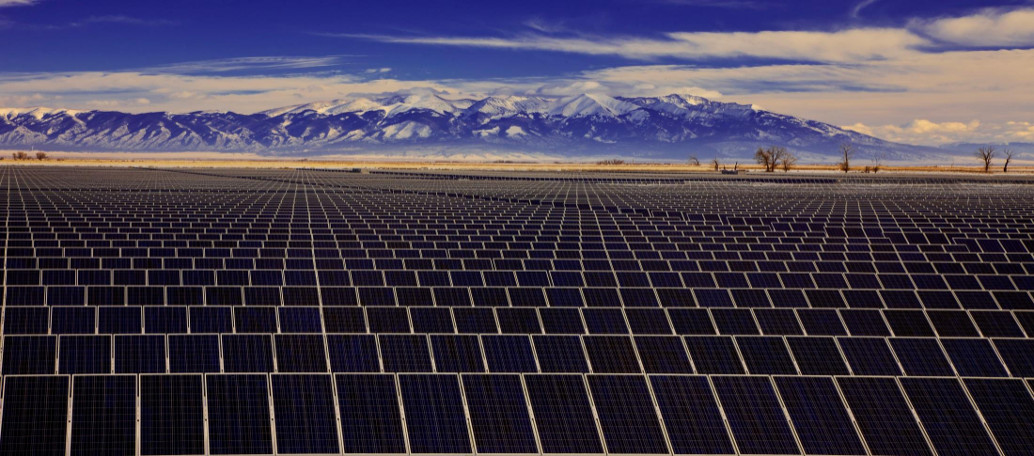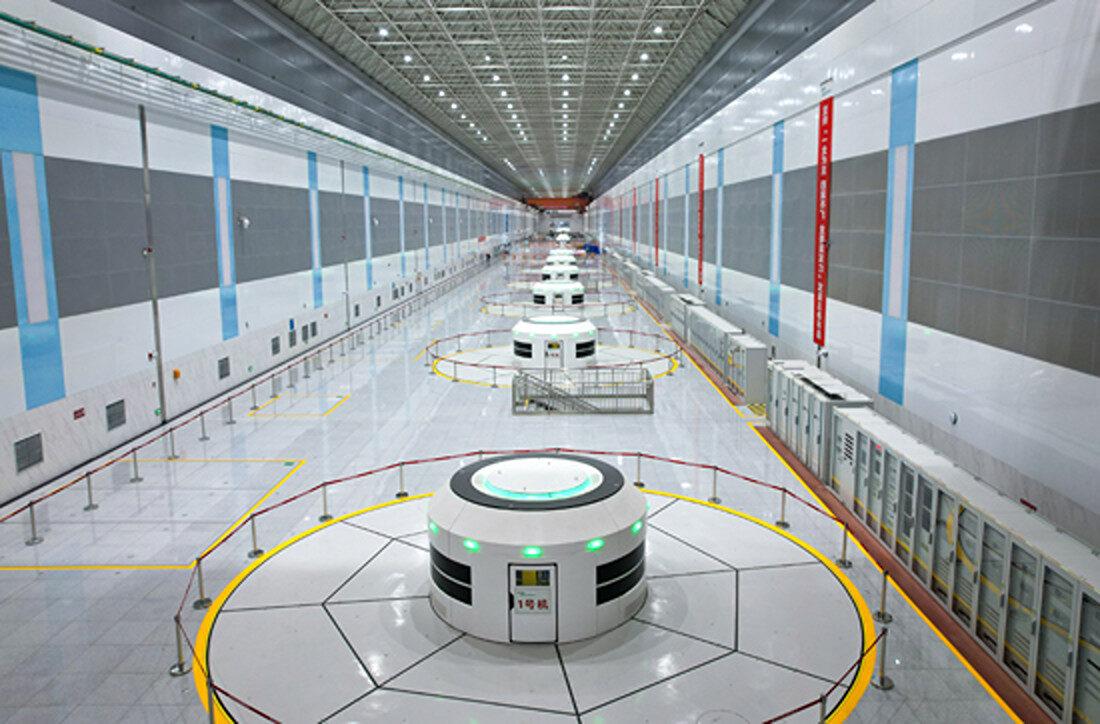The figures suggest that PV arrays throughout the country likely generated about 30,400 GWh of electricity in the second quarter. Solar projects generated approximately 21,400 GWh across China in the first quarter of this year.
Bloomberg New Energy Finance (BNEF) reported last week that China installed about 24 GW of solar in the first half of this year. Distributed-generation PV capacity accounted for about 7 GW of the total, BNEF said, citing NEA sources. About 7.21 GW of new capacity was built in China in the first quarter, bringing nationwide cumulative installed capacity to about 84.63 GW by the end of March.
In a statement this week, the NEA said the rate of which PV capacity was curtailed from the national grid fell by 4.5% year on year in the first half of 2017. However, it did not provide additional information on the curtailment issue, which has been particularly severe throughout northwestern parts of China such as Gansu and Shaanxi provinces, as well as the Xinjiang and Ningxia regions.
Renewables accounted for roughly 70% of all new generating capacity installed in China in the first half of the year, at approximately 37 GW, the NEA said. In January, the NEA — an entity under the National Development and Reform Commission (NDRC) — said that China would invest $361 billion in renewables by the end of the decade. Ernst & Young pointed to this pledge when it recently revealed that China, followed by India, had taken the top spot from the U.S. in its EY Renewable Energy Country Attractiveness Index (RECAI). It also praised the Chinese government’s ongoing efforts to launch a green-certificate trading system.
This content is protected by copyright and may not be reused. If you want to cooperate with us and would like to reuse some of our content, please contact: editors@pv-magazine.com.



By submitting this form you agree to pv magazine using your data for the purposes of publishing your comment.
Your personal data will only be disclosed or otherwise transmitted to third parties for the purposes of spam filtering or if this is necessary for technical maintenance of the website. Any other transfer to third parties will not take place unless this is justified on the basis of applicable data protection regulations or if pv magazine is legally obliged to do so.
You may revoke this consent at any time with effect for the future, in which case your personal data will be deleted immediately. Otherwise, your data will be deleted if pv magazine has processed your request or the purpose of data storage is fulfilled.
Further information on data privacy can be found in our Data Protection Policy.